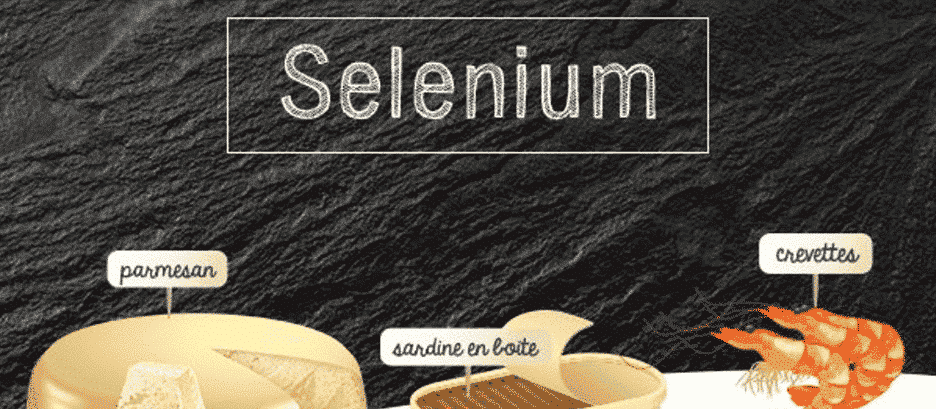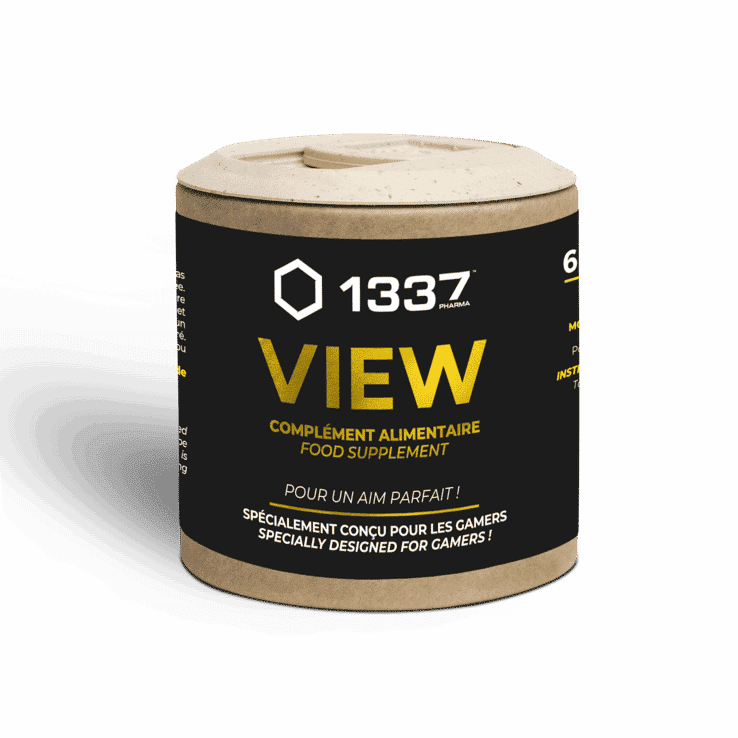Selenium
Ingredient
Where does it come from?
Why is it used?
What are the benefits?
Bibliography
What is selenium?
Selenium is an essential mineral, which means it must be obtained through your diet.
It is only needed in small amounts but plays a major role in important processes in your body, including metabolism and thyroid function.
Where does it come from?
Fortunately, many healthy foods are high in selenium.
The following foods are excellent sources (FoodData Central, nd)
• Oysters: 238% of the DV in (85 grams)
• Brazil nuts: 174% NA in one nut (5 grams)
• Halibut: 171% of the DV for (159 grams)
• Yellowfin tuna: 167% of the recommended daily intake for 85 grams.
• Eggs: 56% of the recommended daily intake for 2 large eggs (100 grams).
• Sardines: 46% of the recommended daily intake for 4 sardines (48 grams)
• Sunflower seeds: 27% of the recommended daily intake for 1 ounce (28 grams).
• Chicken breast: 12% NA in 4 slices (84 grams)
• Shiitake mushrooms: 10% NA for 1 cup (97 grams).
The amount of selenium present in foods of plant origin varies according to the selenium content of the soil in which they were grown.
Thus, selenium concentrations in crops largely depend on where they are grown.
For example, one study showed that the concentration of selenium in Brazil nuts varied greatly by region. While a single Brazil nut from one region provided up to 288% of the recommended intake, others only provided 11% (Silva Junior et al., 2017).
It is therefore important to have a varied diet including more than one good source of this important mineral.
Why is it used?
Selenium is a powerful antioxidant that fights oxidative stress and helps defend your body against chronic diseases, such as heart disease and cancer.
A low amount of selenium in the body can mean a lot of bad things.
That said, one thing doctors are sure about is that selenium helps the eyes fight cataracts. Cataracts form when there is a buildup of old cells on the lens, causing loss of central vision. This disease can be debilitating, especially for people over 60, who suffer the most from cataracts.
Thanks to the antioxidant properties of this trace element, selenium can help protect the lens. Cells that accumulate on the lens are often non-functional or dead. Selenium will prevent these cells from forming on the lens to better protect your vision.
This mineral has also been linked to the prevention of glaucoma, which is caused by high pressure in the eye. Selenium and zinc work together to keep intraocular pressure low.
Without selenium in the body, zinc cannot function properly to keep your vision healthy.
That’s why it’s so important to get all the vitamins and nutrients needed for healthy vision.
• It also acts as a powerful antioxidant
Antioxidants are compounds found in foods that prevent cell damage caused by free radicals.
Free radicals are normal by-products of processes like metabolism that form in your body daily.
They often get a bad rap, but free radicals are essential to your health. They perform important functions, including protecting your body against disease.
However, factors like smoking, alcohol consumption, and stress can lead to excess free radicals. This leads to oxidative stress, which damages healthy cells (Pham-Huy et al., 2008)
Oxidative stress has been linked to chronic diseases such as heart disease, Alzheimer’s disease and cancer, as well as premature aging and the risk of stroke (Cui et al., 2012; Elahi et al. , 2009; Markesbery & Lovell, 2006; Shirley et al., 2014)
Antioxidants like selenium help reduce oxidative stress by controlling the number of free radicals. (Schnabel et al., 2008)
They work by neutralizing excess free radicals and protecting cells from damage caused by oxidative stress.

Bibliography
1. Cui, H., Kong, Y., & Zhang, H. (2012). Oxidative Stress, Mitochondrial Dysfunction, and Aging. Journal of Signal Transduction, 2012, 646354. https://doi.org/10.1155/2012/646354
2. Elahi, MM, Kong, YX, & Matata, BM (2009). Oxidative stress as a mediator of cardiovascular disease. Oxidative Medicine and Cellular Longevity , 2(5), 259‑69.
3. FoodData Central. (nd). Retrieved March 19, 2022, from https://fdc.nal.usda.gov/fdc-app.html#/fooddetails/331960/nutrients
4. Markesbery, WR, & Lovell, MA (2006). DNA oxidation in Alzheimer’s disease. Antioxidants & Redox Signaling, 8(11-12), 2039-2045. https://doi.org/10.1089/ars.2006.8.2039
5. Pham-Huy, LA, He, H., & Pham-Huy, C. (2008). Free Radicals, Antioxidants in Disease and Health. International Journal of Biomedical Science: IJBS, 4(2), 89-96.
6. Schnabel, R., Lubos, E., Messow, CM, Sinning, CR, Zeller, T., Wild, PS, Peetz, D., Handy, DE, Munzel,
T., Loscalzo, J., Lackner, KJ, & Blankenberg, S. (2008). Selenium supplementation improves antioxidant capacity in vitro and in vivo in patients with coronary artery disease The SElenium Therapy in Coronary Artery disease Patients (SETCAP) Study . American Heart Journal, 156(6), 1201.e1-11. https://doi.org/10.1016/j.ahj.2008.09.004
7. Shirley, R., Ord, ENJ, & Work, LM (2014). Oxidative Stress and the Use of Antioxidants in Stroke . Antioxidants, 3(3), 472-501. https://doi.org/10.3390/antiox3030472
8. Silva Junior, EC, Wadt, LHO, Silva, KE, Lima, RMB, Batista, KD, Guedes, MC, Carvalho, GS, Carvalho, TS, Reis, AR, Lopes, G., & Guilherme, LRG (2017 ). Natural variation of selenium in Brazil nuts and soils from the Amazon region . Chemosphere, 188, 650-658. https://doi.org/10.1016/j.chemosphere.2017.08.158https://doi.org/10.1177/026010608600400206

